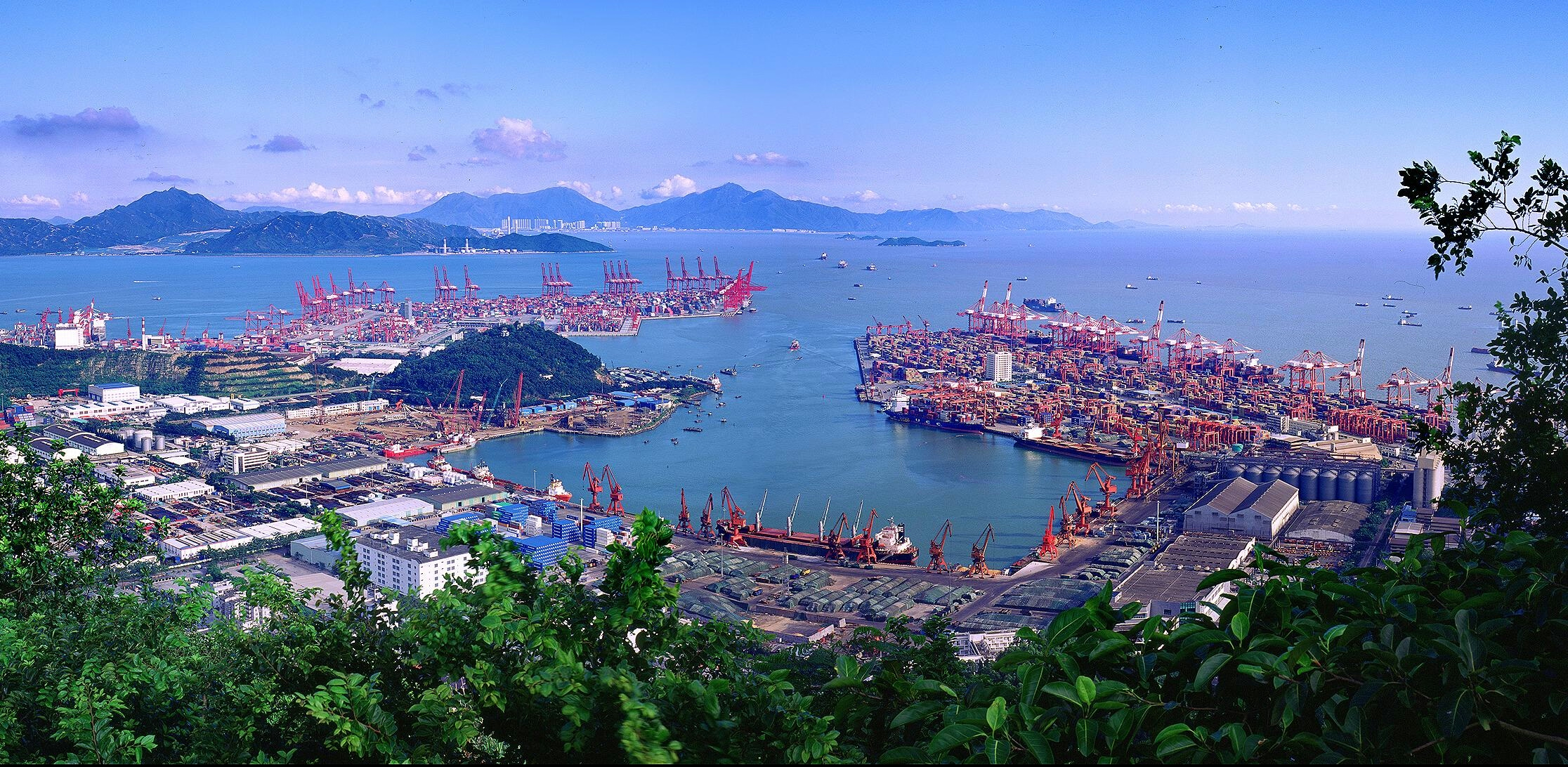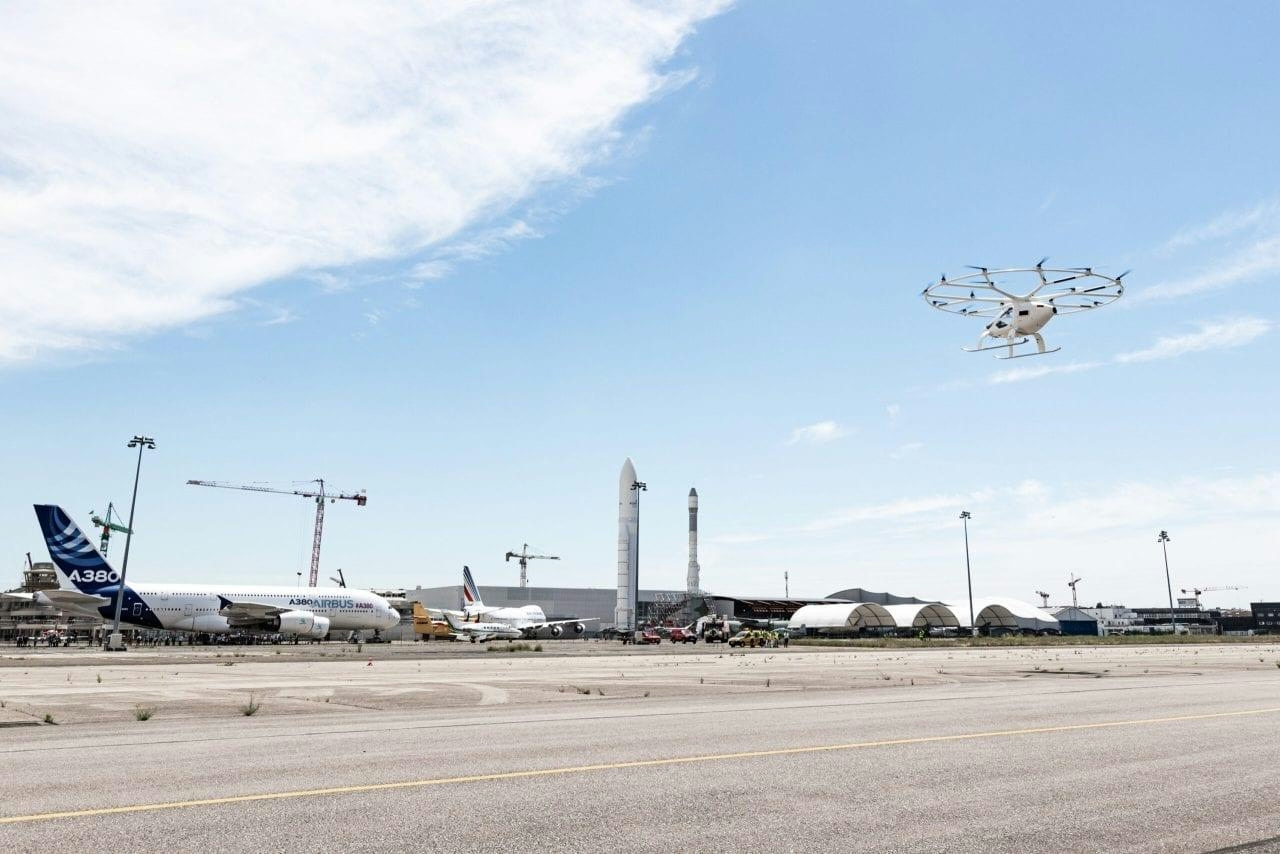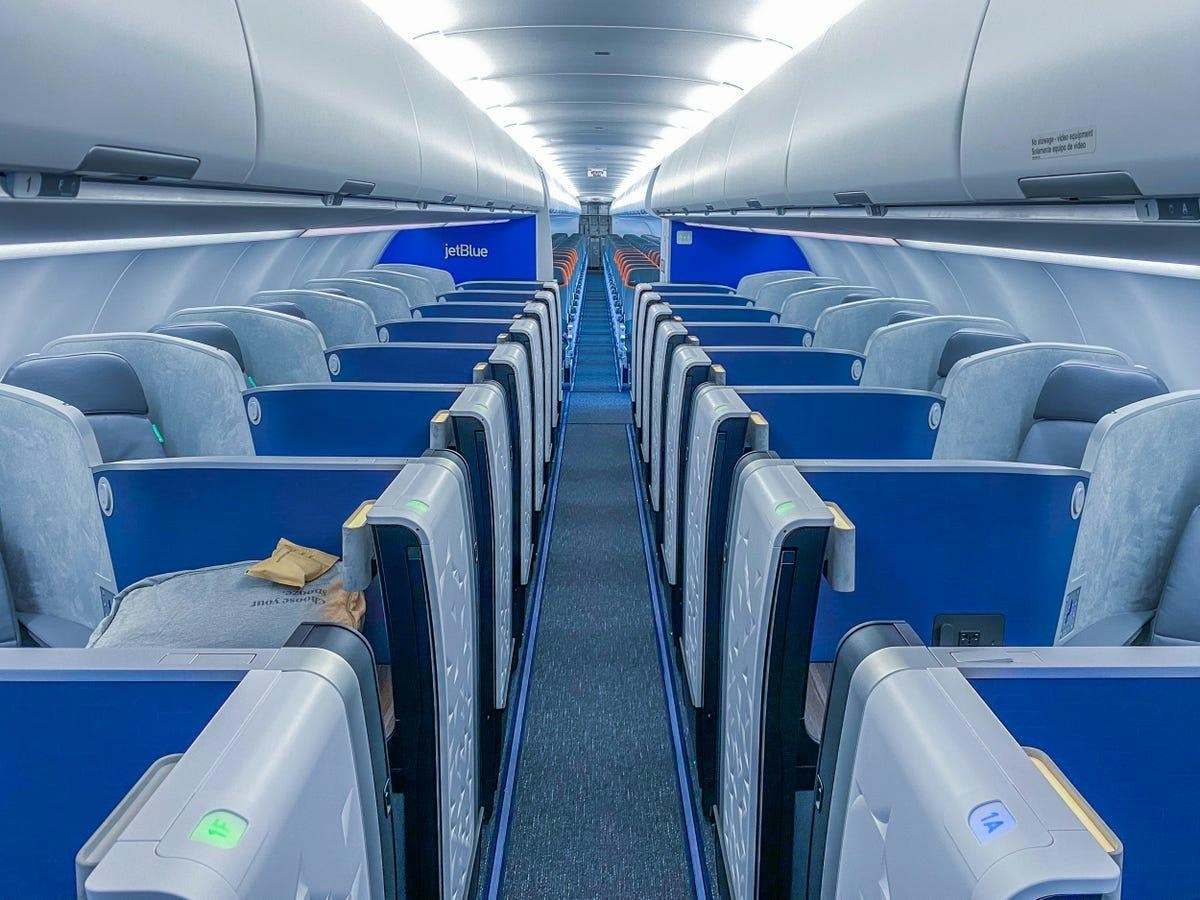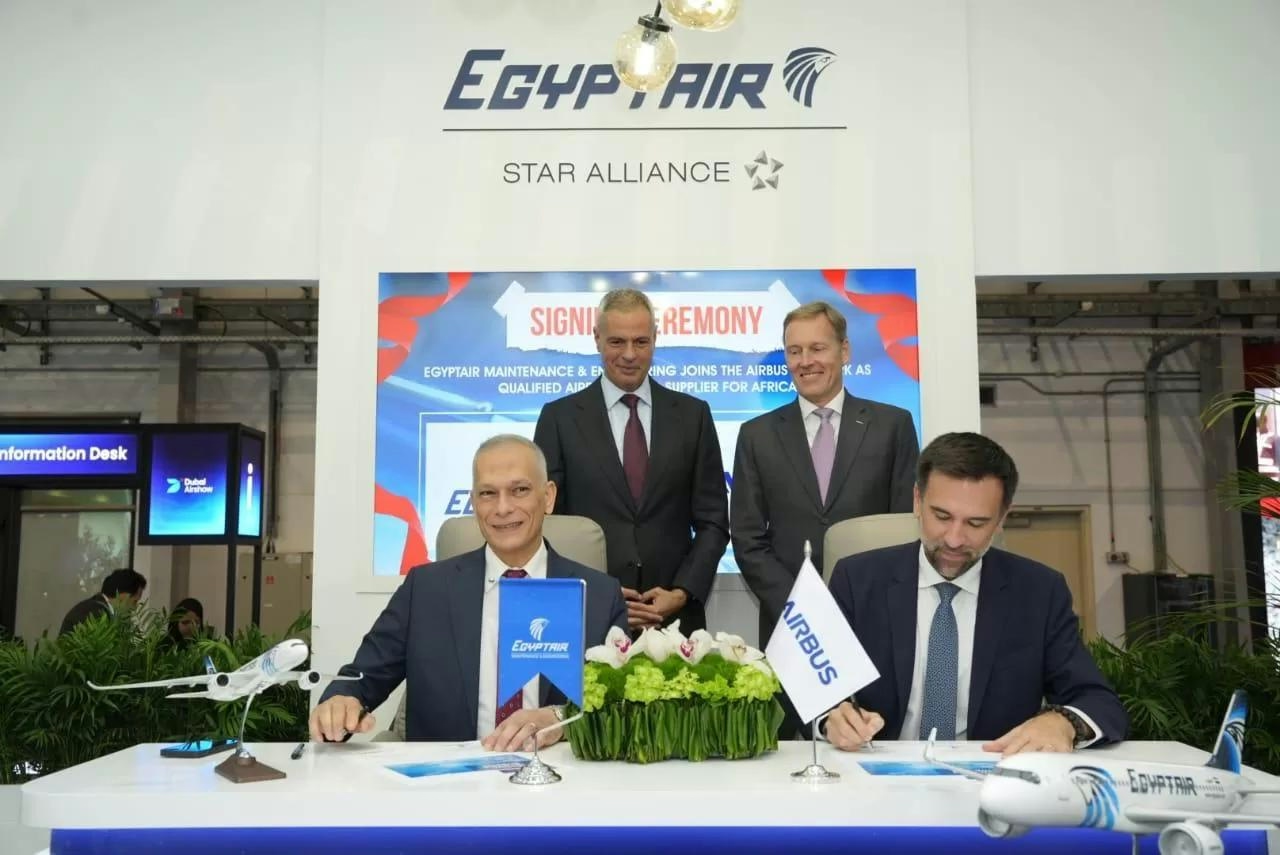
AeroGenie: il tuo copilota intelligente.
Tendenze
Categories
Navigating China’s Aviation Market and Free Trade Zones: Key Opportunities for Lessors and Lenders

Navigating China’s Aviation Market and Free Trade Zones: Key Opportunities for Lessors and Lenders
China’s civil aviation sector is poised for transformative growth, with projections indicating it will surpass the United States as the world’s largest aviation services market by 2043. This rapid expansion is driven by a combination of strategic infrastructure developments, the growth of free trade zones (FTZs), and forthcoming amendments to the Civil Aviation Law scheduled for 2026. These factors collectively create a fertile environment for lessors, lenders, and foreign exporters seeking to capitalize on emerging opportunities within the Chinese aviation landscape.
Growth Dynamics in China’s Aviation Market
Currently the world’s second-largest aviation market, China continues to experience robust increases in fleet capacity, passenger traffic, and air route networks. While international passenger volumes have yet to fully recover to pre-pandemic levels, domestic air travel has already exceeded 2019 figures. This growth persists despite competition from the expanding high-speed rail system and ongoing downward pressure on airfares, underscoring the resilience and potential of China’s aviation sector.
Aviation Finance and the Role of Free Trade Zones
The aviation finance industry in China benefits significantly from two interrelated trends. First, the expansion of dynamic FTZs offers foreign lessors and financiers attractive fiscal incentives and streamlined logistical processes, positioning these zones as key hubs for international investment. Second, the anticipated amendments to the Civil Aviation Law in 2026 are expected to establish a clearer legal framework for aviation finance, addressing longstanding uncertainties and enhancing market confidence.
Within Chinese FTZs, aircraft leasing operations typically follow one of two regulatory pathways. Lessors affiliated with banking institutions fall under the supervision of the National Financial Regulatory Administration (NFRA), which was established in 2023. The NFRA’s forthcoming “Measures for the Administration of Financial Leasing Companies,” effective November 2024, aim to raise entry standards while improving transparency and risk management. Conversely, non-banking lessors are regulated by the Ministry of Commerce (MOFCOM) or local FTZ administrative committees, reflecting a dual regulatory environment that foreign investors must navigate carefully.
Opportunities and Challenges for Foreign Participants
China’s ambitious infrastructure agenda, including the development of new airports in Guangzhou, Xiamen, and Shanghai, alongside projections that its commercial aircraft fleet will double by 2043, provides a strong foundation for growth in aircraft leasing. Foreign lessors, lenders, and exporters of maintenance, repair and overhaul (MRO) services, ground support equipment (GSE), and aviation technology stand to benefit substantially from these developments.
Nevertheless, challenges persist. China’s efforts to establish a competitive domestic aviation manufacturing industry, exemplified by the C919 jet, face significant obstacles due to reliance on Western components amid ongoing US-China trade tensions. This dependency introduces uncertainties that could influence market dynamics and affect the pace at which China ascends within the global aviation hierarchy.
Policy Initiatives and Innovation Prospects
China’s policy framework actively encourages private sector participation in infrastructure projects, which is expected to shape competitive strategies and market responses. The government’s emphasis on innovation and green development, as outlined in its 2026–2030 agenda, further opens avenues for diversification and integration into high-value global supply chains. These initiatives underscore a broader commitment to sustainable growth and technological advancement within the aviation sector.
Conclusion
The evolution of China’s aviation market, driven by regulatory reforms, FTZ incentives, infrastructure expansion, and strategic policy shifts, presents significant opportunities for lessors and lenders. However, successfully navigating the complexities of supply chain dependencies and geopolitical tensions will be essential for sustained engagement and growth in this dynamic and rapidly changing market.

Volocopter to Launch First European eVTOL Sandbox Program in 2026

Joby Reveals Locations for New Vertiports

Ariyax Capital Launches AXPT Initiative

Report: 747 Engine at Full Throttle During Fatal Hong Kong Runway Excursion

Airlines Shift From Widebody to Narrowbody Aircraft on Long-Haul Routes

Joramco Signs New Agreements with Emirates and SalamAir at Dubai Airshow

easyJet Highlights Reliability Improvements Ahead of PAM Dublin 2025

PAL, Citi, and UKEF Finalize Financing for Rolls-Royce Trent XWB-97 Engine

EgyptAir Obtains Airbus Certification for Structural Maintenance
